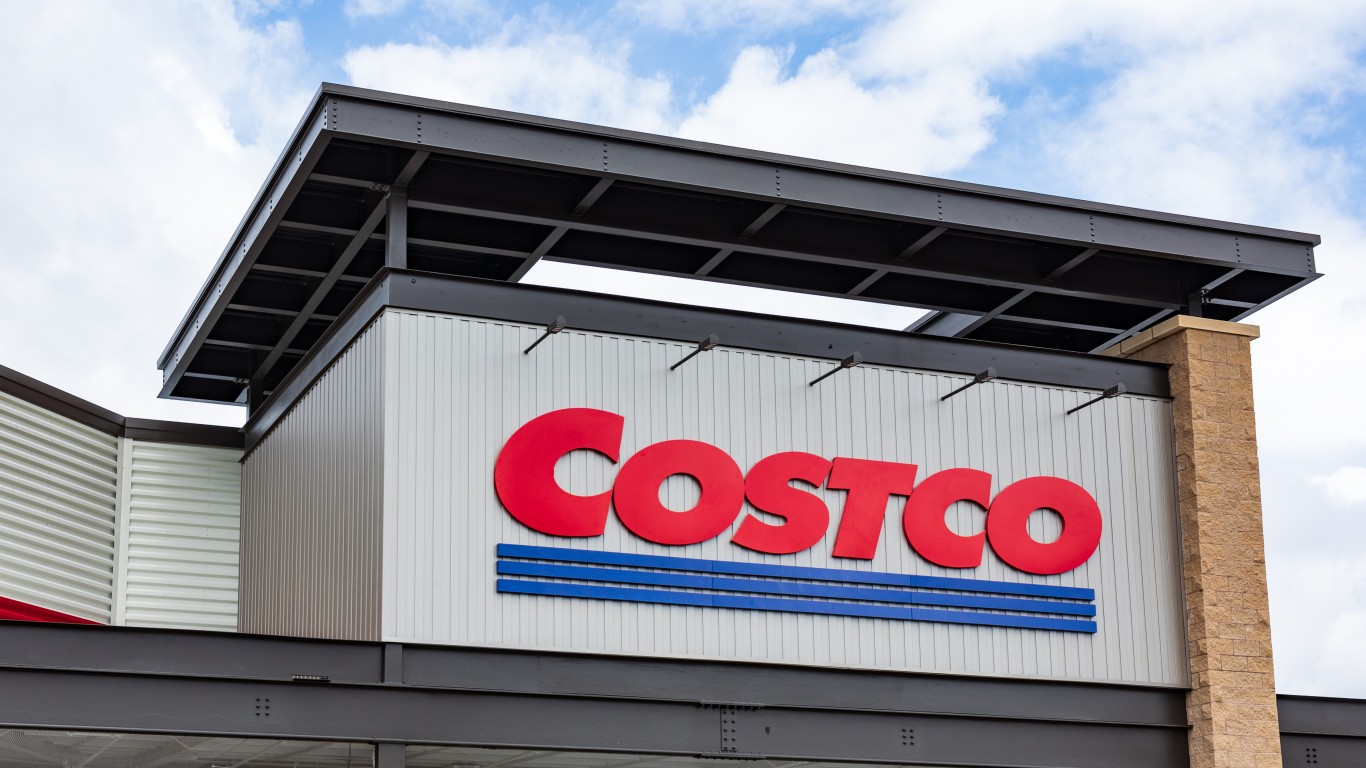
When Susan Anderson at FBR downgraded Lululemon Athletica Inc. (NASDAQ: LULU) with a 12-month target of $42 from $55, she probably didn’t expect the market to meet her half way at $47.80 the same day. FBR’s worries are based on backed-up inventory and broad discounts for the holiday season. Lululemon is traditionally known for its high prices to a niche market, and wide discounts could eat into the company’s margins.
The market’s reaction was perhaps a bit exaggerated, as the inventory problem is not new. Lululemon has been dealing with unusually high inventories since the end of most recent quarter. Inventory at the end of the second quarter was 55% higher year over year to begin with, but that was due to being under-inventoried for the second quarter of 2014, in addition to port delays according to Chief Financial Officer Stuart Haselden. Lululemon’s supply chain has since normalized, but the company is still dealing with a combination of late product from the first half of 2015 arriving with on-time product from the second.
From a pure supply and demand perspective going back to Microeconomics 101, inflated inventories are a supply increase, which forces price down, assuming demand remains the same. So it is not surprising that Lululemon was spotted offering broader discounts than it is accustomed to during a time when it is suffering from an oversupply caused by external factors.
ALSO READ: 6 Analyst Stock Picks With Massive Upside Targets
From a numbers perspective then, the analysts at FBR are probably correct in saying that Lululemon’s margins will be impacted by higher and broader discounts on its yoga apparel. The real question is, are these expected lower margins a signal of decreasing demand for its sports clothing, or only a brief hiccup caused by increased supply due to port problems?
Put another way, had there been no disruptions in Lululemon’s supply chain resulting in the current overstock and the current level of discounting nevertheless observed, then it would be a sign for worry that demand is what’s falling here. But given the extenuating circumstances in this case, the market’s reaction to one analyst’s opinion seems knee-jerk.
The implication of this downgrade is that Lululemon’s customers might be starting to migrate to lower-priced alternatives entering the yoga market, like Under Armour Inc. (NYSE: UA) and Nike Inc. (NYSE: NKE). The problem with that assumption is that Lululemon caters to a market of intense and tight-knit (no pun intended) yoga consumers with high brand loyalty who would rather buy better at a higher price than shop around for a deal on a brand they aren’t used to. They won’t switch to other brands so easily. Lululemon’s reputation for high prices is nothing new, so there is no obvious reason why its customers should switch specifically now.
The verdict on Lululemon should be held until we see if margins return to normal, once all supply issues have been normalized.
ALSO READ: Jefferies Has 4 Blue Chip High-Dividend Franchise Picks to Buy Now
In 20 Years, I Haven’t Seen A Cash Back Card This Good
After two decades of reviewing financial products I haven’t seen anything like this. Credit card companies are at war, handing out free rewards and benefits to win the best customers.
A good cash back card can be worth thousands of dollars a year in free money, not to mention other perks like travel, insurance, and access to fancy lounges.
Our top pick today pays up to 5% cash back, a $200 bonus on top, and $0 annual fee. Click here to apply before they stop offering rewards this generous.
Flywheel Publishing has partnered with CardRatings for our coverage of credit card products. Flywheel Publishing and CardRatings may receive a commission from card issuers.
Thank you for reading! Have some feedback for us?
Contact the 24/7 Wall St. editorial team.




